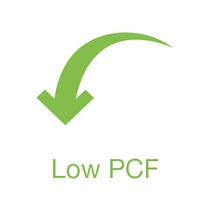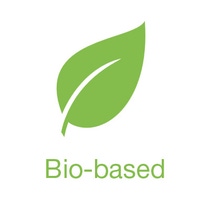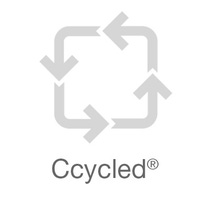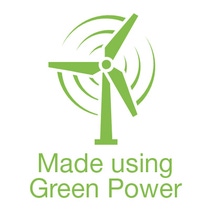Petrochemicals
Further details regarding our sustainable solutions


- According to the mass balance approach details. Learn more here.
- Considering “cradle-to-gate” approach – see more details here.
- Learn how BASF calculates products carbon footprint - click here.
- Considering “biogenic uptake” where plants remove CO2 from the atmosphere through photosynthesis. The raw materials used in BASF’s biomass balance approach are plant-based and the biogenic uptake is accounted for in the calculation of the cradle-to-gate product carbon footprint.
- Compared to the BASF “Classic” version which may vary according to the production site and selected feedstocks (e.g., Bionaptha or Biomethane).

- According to the method ASTM D6866-18 where “biogenic” carbon is analyzed.

- In the production of Ccycled® products, conventional fossil raw materials required to manufacture BASF products are replaced with recycled feedstock from the chemical recycling of plastic waste along BASF’s integrated production chain. The corresponding share of recycled feedstock, e.g., benzene, is attributed to the specific Ccycled product via a certified mass balance approach. BASF sites and Ccycled products are third-party certified according to internationally recognized certification schemes like REDcert2 and ISCC PLUS and meet the definitions by ISO 22095:2020.
- Learn how plastic waste and end-of life tires end up in your product - click here.

- Green power is the power generated by renewable sources (e.g. wind parks, solar farms) purchased by BASF in compliance with GHG Protocol and attributed to targeted products.
- Learn more about BASF green power initiatives - click here.